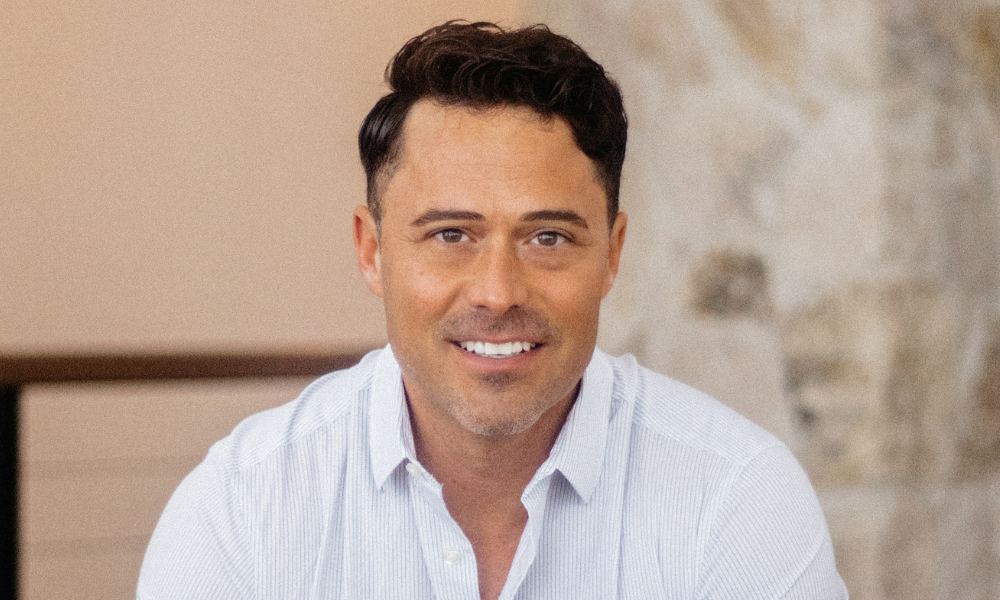With its robust multi-family residential platform and deep market insight, the firm is entering a new phase in its journey of sustainable growth

This article was produced in partnership with Avenue Living.
Since its inception, Avenue Living has been committed to a single tenet: Investing in the Everyday.
Fuelled by that commitment, it has steadily grown into an institutional property owner and operator of choice in North America’s multi-family residential space. Today, it spans over 20 markets across the Prairie provinces and into the U.S. heartland.
“We house North America’s workforce,” says Gabriel Millard, Managing Partner, Equity Capital Markets at Avenue Living. “Our residents represent everyday Canadians or Americans who live in a standard rental.”
Avenue Living was founded in 2006, but its growth started gaining significant momentum seven years ago when its Avenue Living Real Estate Core Trust began garnering significant interest.
“We were a third of the size that we are today,” recalls Jason Jogia, Co-Founder and Chief Investment Officer at Avenue Living. “We were eager to strategically guide Avenue Living's growth, with the goal of achieving economies of scale.”
The leaders knew they needed to reach a critical mass by providing a competitive, differentiated service to residents while at the same time delivering returns for their investors.
“It can be a long but rewarding journey as an owner and operator. You buy properties, then invest the profits back into the operations to enhance the buildings, and continually repeat this process,” says Jogia. “Residents enjoy enhanced service offerings and more updated, well-maintained homes, while investors benefit from increased property values resulting from the injection of capital back into the asset. You keep going through these iterations to make long-term improvements for both residents and investors.”
Operating at the efficient frontier
Since its debut in 2017, the Core Trust has grown into a robust $4.5 billion portfolio comprising just over 18,000 doors. It is supported by a vertically integrated infrastructure of operations designed to allow additional acquisitions with minimal overhead cost.
Last year, Avenue Living’s multi-family portfolio saw a 32% increase in assets under management, with over 1,635 new suites added. At one time, that might have counted as aggressive. Now, due to the firm’s size, it can maintain this rate of acquisitions with little to no additional operational strain.
“So far this year, we’ve acquired approximately 925 new suites,” Millard says. “We’re underwriting a number of portfolios and looking to acquire anywhere from another 1,500 to 2,000 units in the next six months.”
While the firm isn’t slowing down on its buying, it’s shifted gears strategically. In contrast to its initial objective of building scale and scope, acquisition decisions are now based on how much of an edge Avenue Living can gain through its investment strategies, operational expertise, and proven market intelligence.
“We know these markets like the back of our hand, so we have an in-depth and accurate understanding of the costs involved in running these buildings,” Millard says. “Often, when we’re considering a new acquisition, we already have operations across the street.”
In many cases, Millard says properties can benefit from an operating strategy that aligns with the local market.
“These kinds of insights come from deep knowledge and experience in these markets, not from a cursory overview or third-party management,” Millard says. “Our extensive data and history in these markets really gives us a competitive advantage.”
In the near term, Jogia sees a healthy pipeline of incoming deals, with sellers running the gamut from individual owner-operators to family offices to third-party managers, and institutions. Time and time again, he says Avenue Living’s underwriting process has uncovered diamonds in the rough, where it can generate alpha through revenue optimization or managing expenses on a per-door basis.
“Whether it’s the ability to improve service standard without increasing the number of people servicing the building, getting a better deal on insurance because we have a policy covering all our assets, or having better bargaining power with service providers, like landscaping contractors, who we can give more business to.
“Everything’s amplified in real estate—we’re able to turn these small wins in operating expenses into big opportunities,” says Jogia.
A cocktail of tailwinds
Over the past few years, Jogia says demand for rental housing has grown in the markets Avenue Living touches, with large, well-documented flows of inbound migration into the Prairies from other provinces and outside Canada. A similar dynamic is playing out south of the border, with families moving from high-cost coastal markets to the more affordable American heartland.
“The markets we invest in have done a really good job in the last decade of diversifying the economic base, taking advantage of remote work and attracting labour,” he says.
In Canada, the Prairies hold up well against other regions with relative affordability, and its housing and rental prices are well within reach. Compared to hot condo markets like Toronto and Vancouver, where many renters have settled for units with floorplates as small as 450 square feet, residents are finding much more reasonable options in Alberta and Saskatchewan.
“We’ve been seeing significant pressure on rentals across all the markets we operate in,” Millard says. “But even after three-plus years of steady rental accretion, we remain one of the most affordable options for renters in the country.
“When people experience volatility, whether it’s in the markets or just their personal finances, they tend to cut back and focus on the essentials—something we excel at,” he says.
While demand for housing continues to grow, supply has struggled to keep up as new developments face a years-long timeline before they can come online. Avenue Living is doing its part by ensuring existing aging buildings are well-maintained and meet the modern standard of living for Canadians.
“People aren’t as willing to budget financially for certain luxuries, but that doesn’t mean they want to sacrifice quality,” Millard says. “Maybe you’re willing to forgo some of your amenitized space, but you don’t want to be renting somewhere that feels unsafe, or doesn’t feel clean, or hasn’t been refreshed and updated.”
In the immediate term, Jogia says the firm is excited to make more synergistic acquisitions in the Prairies. Additionally, they recently expanded into a new U.S. market in Kentucky. More broadly, he says Avenue Living is taking a disciplined approach to its expansion decisions, weighing each new potential market based on several criteria.
“We look at things like whether we can use our experience to identify value-creation opportunities that other players can’t. Or we assess if we can capture enough assets to create operating efficiency,” he says. “Fundamentally, we want to be in markets that are stable through the best and worst of times, because that’s an ideal canvas for an operator like us to paint on.”
With an efficient operating platform and beneficial tailwinds to support its growth, Jogia says Avenue Living is positioned to keep doing what it’s always done: be a best-in-class owner and operator who creates opportunities for its community of residents and investors.
“We’ve matured as a firm, and now we’re seeing a wave of growth potential to continue filling in our existing infrastructure,” he says. “We remain committed to optimize returns for investors, as well as enhancing the service standard for our everyday residents who call our properties home.”
This commentary and the information contained herein are for educational and informational purposes only and do not constitute an offer to sell, or a solicitation of an offer to buy, any securities or related financial instruments. This article may contain forward-looking statements. Readers should refer to information contained on our website at https://www.avenuelivingam.com/forward-looking-statements for additional information regarding forward-looking statements and certain risks associated with them.



